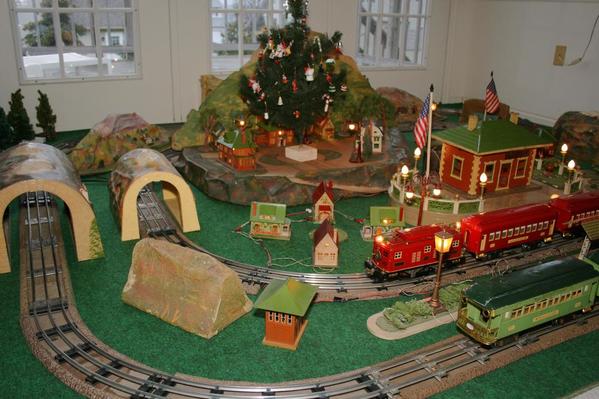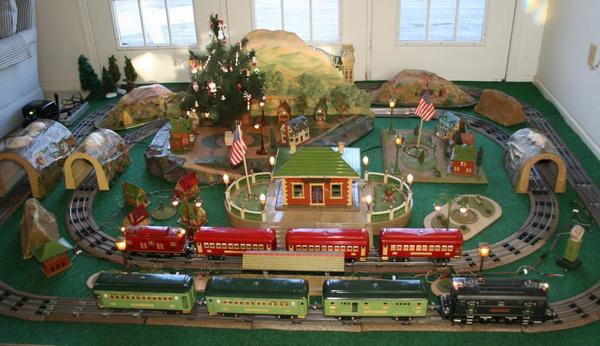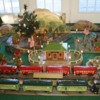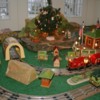On my layout I used 5 millimeter rubber athletic flooring underlayment over indoor/outdoor carpeting. I purchased the rubber underlayment from a local installer of synthetic athletic flooring. I made templates out of masonite for each diameter of curve track that I used, plus the straights, and then traced the template onto the rubber for cutting.
The tracks ( All are from USA Track) are screwed into plywood, and all screws have a rubber washer in place between the tie and the screw head to cut down the sound and vibration.
Overall, the noise level is very tolerable. The beige indoor/outdoor carpeting is very neutral and does not compete with the trains.
Howard Korenthal







